On October 8, 2025, the Indian Air Force marked its 93rd anniversary with a high‑octane ceremony at Hindon Air Base in Ghaziabad, Uttar Pradesh. The event, streamed live from the base’s sprawling runway, featured a precision fly‑past, a solemn tribute to fallen heroes, and the unveiling of a new joint‑communication system. At the centre of it all was A. P. Singh, Air Chief Marshal, who not only presided over the celebrations but also claimed a recent aerial victory during "Operation Sindoor".
Why Hindon? The Strategic Choice of Venue
Hindon isn’t just any airstrip; it’s one of the oldest operational bases of the IAF, commissioned in 1941 and now home to the Western Air Command. Sitting roughly 25 km east of New Delhi, the base sits at the heart of the nation’s western air defence network, making it a symbolic and practical choice for a show of strength. The rotation pattern – Chennai in 2024, Prayagraj in 2023 – ensures different regions get a glimpse of the force’s might, and this year the spotlight returned to the capital’s backyard.
From Six Officers to a Global Power: A Brief History
The IAF’s 93‑year count can raise eyebrows. After all, India celebrated independence only 78 years ago. The answer lies in the force’s colonial roots: it was first raised as an auxiliary unit on October 8, 1932, formally constituted on April 1, 1933, with just six RAF‑trained officers and 19 “Havai Sepoys”. By March 12, 1945, it earned the Royal Indian Air Force title, and after August 15, 1947, it became the Indian Air Force we know today. That lineage explains why the celebration reads 93 years rather than 78.
The Spectacle: Fly‑past and Aircraft Line‑up
When the horn sounded at 09:30 local time, a thunderous roar filled the sky. Squadrons from the Su‑30MKI, Rafale, Mirage 2000, MiG‑21 Bison and the home‑grown Tejas took turns painting the heavens with smoke trails. Though officials didn’t release a definitive list, eyewitnesses noted at least eight Su‑30MKIs and six Rafales in the formation, underscoring the IAF’s modern, multirole capability. The display wasn’t just for show; it re‑affirmed the force’s operational readiness amid rising tensions along the Line of Actual Control with China.
IRSA 1.0: A Leap Toward Unified Command
Mid‑morning, the Defence Research and Development Organisation took the stage alongside the three services to launch "IRSA 1.0" – the Indian Regimental Standardisation Application. The platform promises to harmonise communication protocols across the Army, Navy and Air Force, a cornerstone of the Integrated Theatre Command doctrine. "IRSA 1.0 will enable a single, secure language for joint operations," said DRDO’s chief scientist Dr. Meena Kulkarni during a press briefing. Full deployment is slated for early 2027, with pilots beginning in the Western and Eastern Commands.
Operation Sindoor: A Controversial Claim
In a brief interview, A. P. Singh hinted that during the recent Operation Sindoor he "shot down multiple Pakistani jets". While the operation’s exact dates and objectives remain classified, the name – Sindoor, the traditional vermilion worn by married women – carries cultural weight and has previously been used for high‑profile missions. Defence analysts caution that without official after‑action reports, the claim should be treated as unverified, though it certainly added a dramatic note to the day’s proceedings.
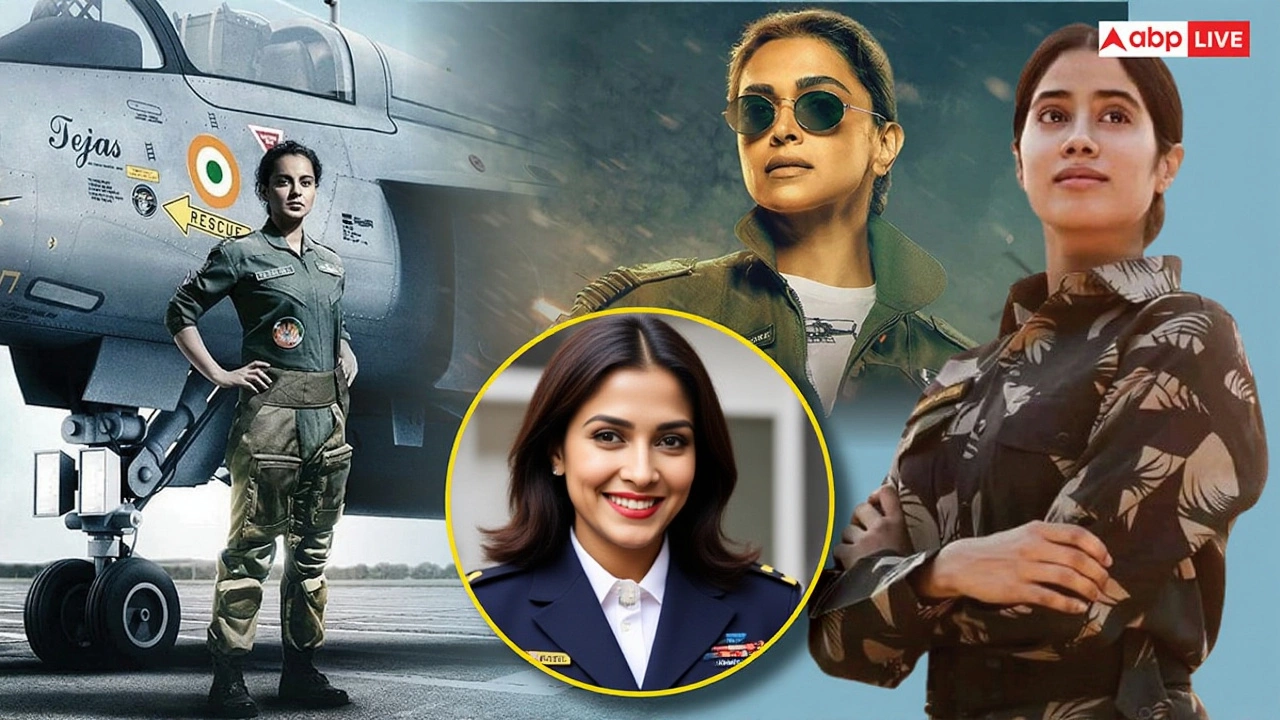
Impact on India’s Defence Posture
With roughly 170 000 personnel and a fleet of over 1 700 aircraft, the IAF now ranks as the world’s fourth‑largest air power. The Hindon celebration highlighted a shift from sheer numbers to interoperability. By standardising communications through IRSA 1.0, the armed forces aim to cut decision‑making latency from hours to minutes, a critical advantage in high‑speed, multi‑domain conflicts. The event also served as a morale booster for the troops, many of whom have served in the 1947‑48 Kashmir operations, the 1965 and 1971 wars, the 1999 Kargil conflict, and recent skirmishes on the Sino‑Indian frontier.
Looking Ahead: What’s Next for the IAF?
Beyond the ceremony, the IAF is gearing up for the induction of next‑generation platforms such as the Advanced Medium Combat Aircraft (AMCA) and a larger fleet of indigenous drones. The newly unveiled communication suite will be tested in joint exercises slated for early 2026, starting with the "Desert Eagle" drill alongside the Army’s integrated strike units. Observers say the success of these trials could fast‑track India’s move toward a true joint‑theatre command structure, reshaping the strategic calculus in South Asia.
Key Facts
- Celebration date: 8 October 2025
- Venue: Hindon Air Base, Ghaziabad, Uttar Pradesh
- Chief guest: Air Chief Marshal A. P. Singh
- New system launched: IRSA 1.0 – joint communication standard
- IAF strength: ~170 000 personnel, >1 700 aircraft
Frequently Asked Questions
How will IRSA 1.0 change joint military operations?
IRSA 1.0 creates a single, encrypted protocol that all three services can use, cutting the time needed to share situational data from hours to minutes. In practice, this means an air‑strike can be coordinated with naval assets and ground troops almost instantly, enhancing reaction speed on the battlefield.
Why does the IAF celebrate 93 years when India’s independence is 78 years old?
The force was originally formed in 1932 under British rule, long before independence. The count therefore starts from that founding date, not from 1947, which explains the 93‑year figure.
Who is Air Chief Marshal A. P. Singh and what did he claim about Operation Sindoor?
Air Chief Marshal A. P. Singh is the head of the Indian Air Force. During the ceremony he hinted that, in the recent Operation Sindoor, he personally shot down multiple Pakistani aircraft – a claim that remains unverified pending official after‑action reports.
Why was Hindon Air Base selected for the 2025 IAF Day celebrations?
Hindon is one of the oldest IAF bases, housing the Western Air Command and situated close to the capital. Its historic relevance and strategic location make it an ideal showcase venue for demonstrating air power to both officials and the public.
Which aircraft took part in the fly‑past?
Eyewitnesses reported Su‑30MKI fighters, Dassault Rafales, Mirage 2000s, MiG‑21 Bisons and indigenous Tejas light combat aircraft. The exact roster wasn’t disclosed, but the mix highlighted the IAF’s blend of Western‑origin and indigenously built platforms.
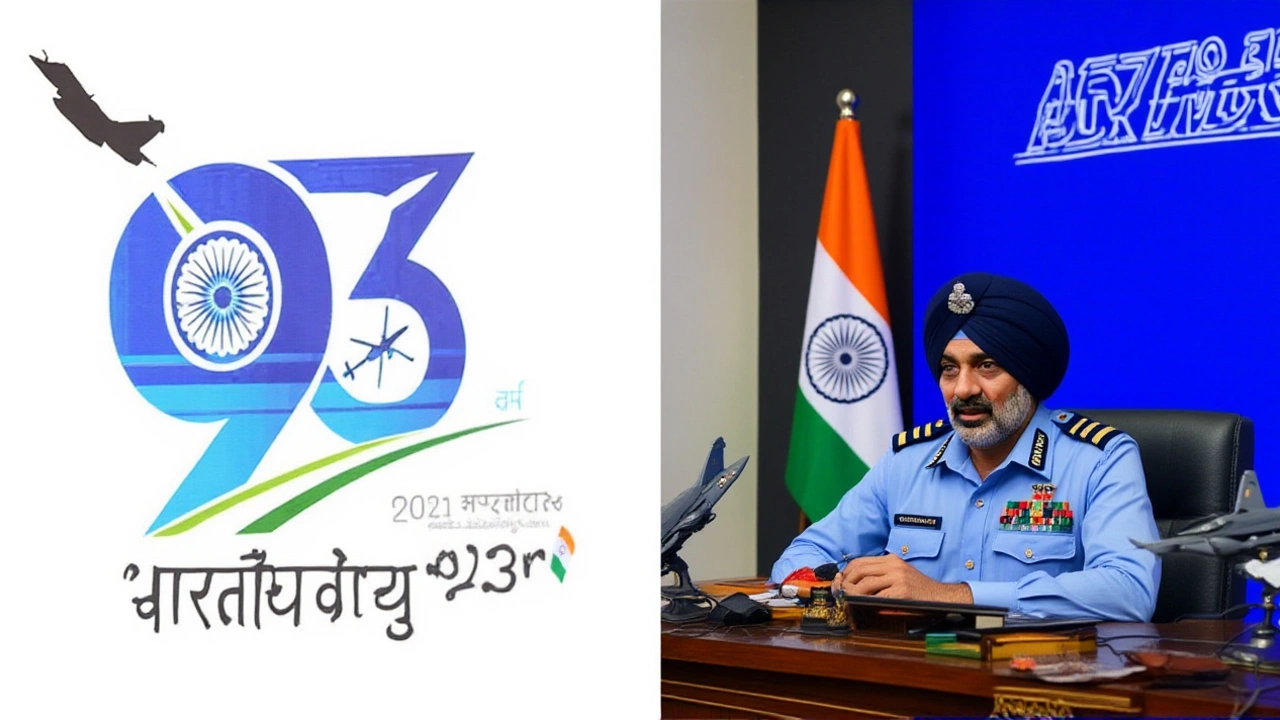
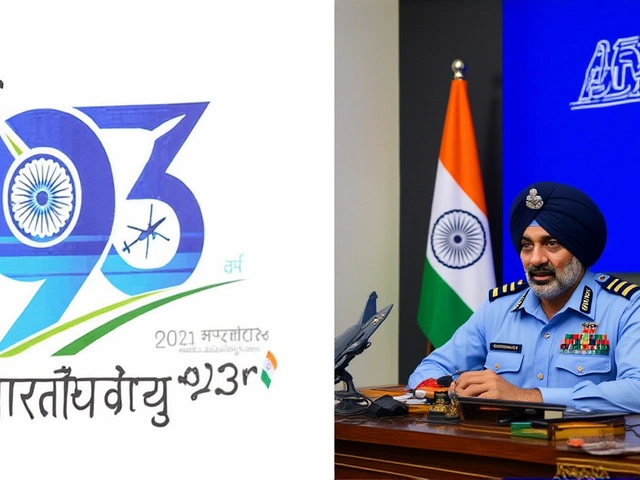

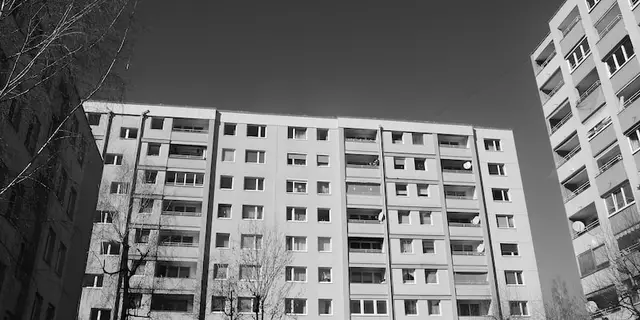


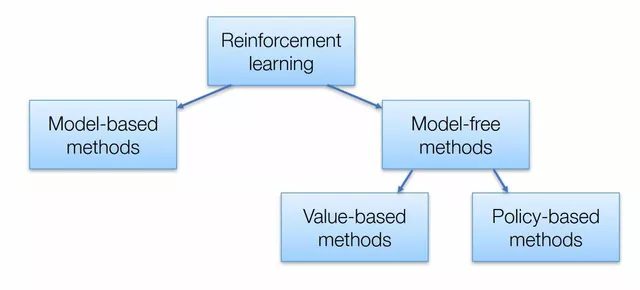

Write a comment